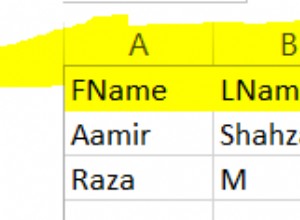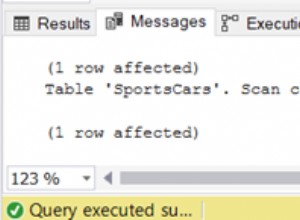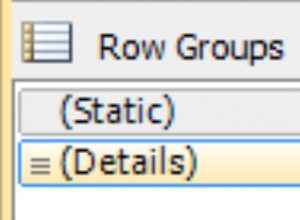Per ottenere un semplice elenco degli ID con spazi vuoti, senza ulteriori dettagli, è necessario guardare ciascun ID separatamente e, come suggerito da @mikey, è possibile contare il numero di mesi e guardare la prima e l'ultima data per vedere se quanti mesi che durano.
Se la tua tabella ha una colonna chiamata month (dal date non è consentito a meno che non sia un identificatore tra virgolette) potresti iniziare con:
select id, count(month), min(month), max(month),
months_between(max(month), min(month)) + 1 as diff
from your_table
group by id
order by id;
ID COUNT(MONTH) MIN(MONTH) MAX(MONTH) DIFF
---------- ------------ ---------- ---------- ----------
123 8 01-JUN-14 01-JUL-15 14
456 7 01-MAR-14 01-NOV-14 9
789 7 01-MAR-14 01-SEP-14 7
Quindi confronta il conteggio con l'intervallo del mese, in un having clausola:
select id
from your_table
group by id
having count(month) != months_between(max(month), min(month)) + 1
order by id;
ID
----------
123
456
Se puoi effettivamente avere più record in un mese per un ID e/o la data registrata potrebbe non essere l'inizio del mese, puoi fare un po' più di lavoro per normalizzare le date:
select id,
count(distinct trunc(month, 'MM')),
min(trunc(month, 'MM')),
max(trunc(month, 'MM')),
months_between(max(trunc(month, 'MM')), min(trunc(month, 'MM'))) + 1 as diff
from your_table
group by id
order by id;
select id
from your_table
group by id
having count(distinct trunc(month, 'MM')) !=
months_between(max(trunc(month, 'MM')), min(trunc(month, 'MM'))) + 1
order by id;




